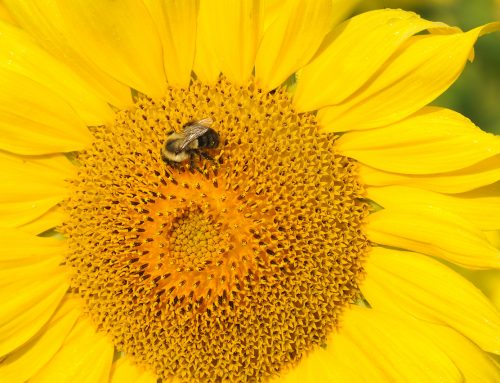Last spring we wrote an article, “A Winemaker’s Dilemma”, wherein we commented on some of the decisions facing a winemaker; and how achieving clarity and stability often means sacrificing some aspect of quality in the process. We spoke specifically about this year’s Sauvignon Blanc, and how there was a slight chance that a protein haze would develop. Well, the chickens have come home to roost.
 Lately, we have observed that on occasion there is a very fine haze in some of the bottles of Sauvignon Blanc 2013. The haze appears as a very light “fog” that is suspended in the wine, and it usually appears in bottles that have been exposed to heat for a period of time. The haze is most noticeable when bottles which have been stored neck down for a while are turned right side up to be opened, and a faint cloud can be seen drifting off the cork.
Lately, we have observed that on occasion there is a very fine haze in some of the bottles of Sauvignon Blanc 2013. The haze appears as a very light “fog” that is suspended in the wine, and it usually appears in bottles that have been exposed to heat for a period of time. The haze is most noticeable when bottles which have been stored neck down for a while are turned right side up to be opened, and a faint cloud can be seen drifting off the cork.
We have determined that this “fog” is actually a protein haze, and is harmless and tasteless. Should you encounter a bottle with this protein haze, please understand that there is no negative impact on the flavor of the wine. In fact, many of the bottles that we are aware of are being used for tasting purposes at the winery. If this problem affected the taste of the wine, we certainly would not be using these bottles for tasting purposes!
As described in the earlier article, “A Winemaker’s Dilemma”, we were aware that there was a slight risk that this wine might develop a protein haze if it was subjected to unusually warm conditions. The haze could have been prevented by treating the wine with Bentonite, a clay mined from the earth, prior to bottling. But, while Bentonite would have removed the protein, it would also have stripped some of the aroma and body (texture) from the wine in the process. We opted not to inflict this damage on the wine while hoping that if the wine developed a haze, that the haze would be limited and not too objectionable.
The haze is actually caused by natural proteins found in grape juice that have been changed or denatured by exposure to elevated temperature. These grape proteins are similar in nature to egg albumin (egg white) in that they are initially clear, and when dissolved in a wine are undetectable. But like albumin, when exposed to heat the protein molecules change their structure and become insoluble – egg albumin turns white and solidifies, and grape proteins form a fine haze that is suspended in the wine. In the case of the grape proteins, this can happen after the bottled wine is exposed to the hot trunk of a car or stored in a hot warehouse.
So, if you do encounter a bottle with a slight haze, rest assured that the taste of the wine has not been affected by the formation of the visible protein, and that the “defect” is cosmetic only. In the end, we were more concerned about retaining the character of the wine than preventing the formation of a slight haze in a small percentage of the bottles.

